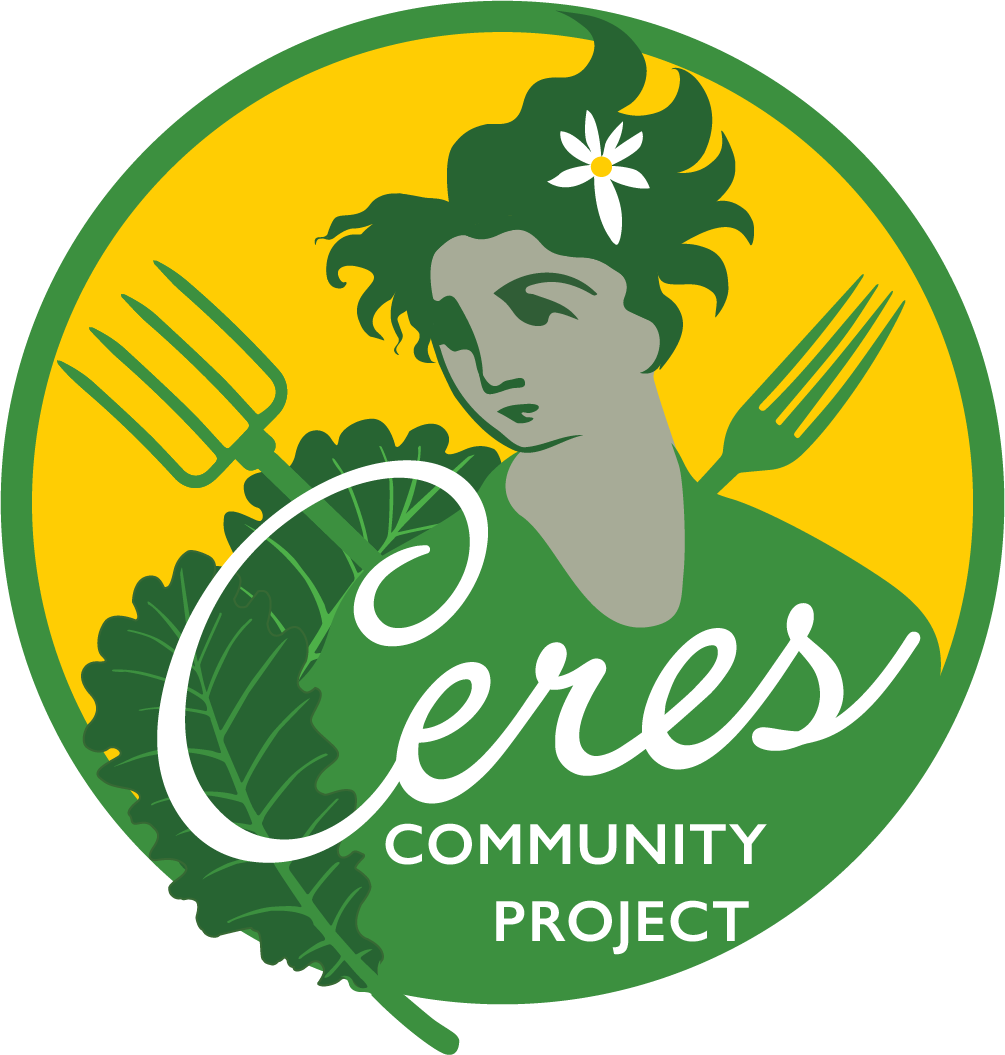Designing the New Garden
How do you even begin thinking about the design of a new space that is just a big open field? There is a design system called Permaculture that helps me think about how to work with a piece of land, see what is there, how to best utilize its assets and work with its trickier areas. The first thing is to observe, observe, observe. We started our conversation with the Charter School at least 2 years ago, so I have had time to watch the land through the seasons – notice the sun and the shadows, watch where water moves (or doesn’t), observe the birds, the oaks, and the human neighbors. I notice which plants grow there and those that don’t. I watch where I and others gravitate to and how we want to move on the land. I also try to let the land tell me what it wants – to listen to it.
From there, I start looking at other systems – I got a soil test to understand what is happening with nutrients and minerals in the soil. We learn from the school how they have used the land and what they need for their kids to move through the space (it was decided that a fence to separate the school and the Ceres garden would be good). I also look at where is water coming from, what systems do they have and how do we integrate into their existing water system (the most complicated part of this project).
And the fun part is to start thinking about the actual garden design. We have several goals we want to meet with the garden, so we focus on those goals to think about what we are doing:
Produce as much usable vegetables and fruit as possible for the meals, clients, and youth
We model a low water, high soil health system of growing food
We are organic, and regenerative – meaning the soil is healthier and better after we have gardened there instead of being depleted
Youth feel able to engage and learn in the space
It is beautiful
It encourages pollinators, butterflies, and birds to be part of the space
We want the garden to inspire, heal and amaze
In the fall, we invited friends over to walk the land and hear what they saw and noticed. Having many eyes, hearts and much expertise helps get lots of good ideas going that then can be sorted through as we move toward reality. First is the importance of the slope and utilizing the slope – having beds on contour so they help hold water on the landscape, use the higher part of the slope as the spring early planting area (since cold sinks and the lower area gets early shade). Also noted was the lack of shade in the summer and how hot it might be – what to do to build in long term shade and how to address it in the short run.
Then we move to the map and start laying out the things we know we will need – sheds, shade structure, compost piles, worm bins, greenhouse, raised beds, in ground beds, fruit trees, perennial borders. There have been many iterations of this as we draw it and then go back to the land and see how it feels. Several things keep changing – like where exactly is the hub and where do the sheds and shade structures land. We have continued to struggle with where the greenhouse will go (still hasn’t found it’s home) but almost all the other areas have been sited. As we lay out contour lines, we get a sense of how to lay out the beds. Since we moved the raised beds over, other things become clearer as we have one thing in place.
So much thought goes into the placement of each piece and how it relates to the whole. As those relationships are the most important part – nothing should be seen on its own. Once it is all there, we will forget about much of those details. But in this stage of the game, it is the core piece.
It is easy to get hooked on one detail and its exact location but the important thing is to always hold the big picture, think about how things will relate and also how we will move through the space. Then the details start to fall into place. It is a process, and the design process will never be over, since we will continue to evolve with the space.
- Sara McCamant, Garden Program Manager




